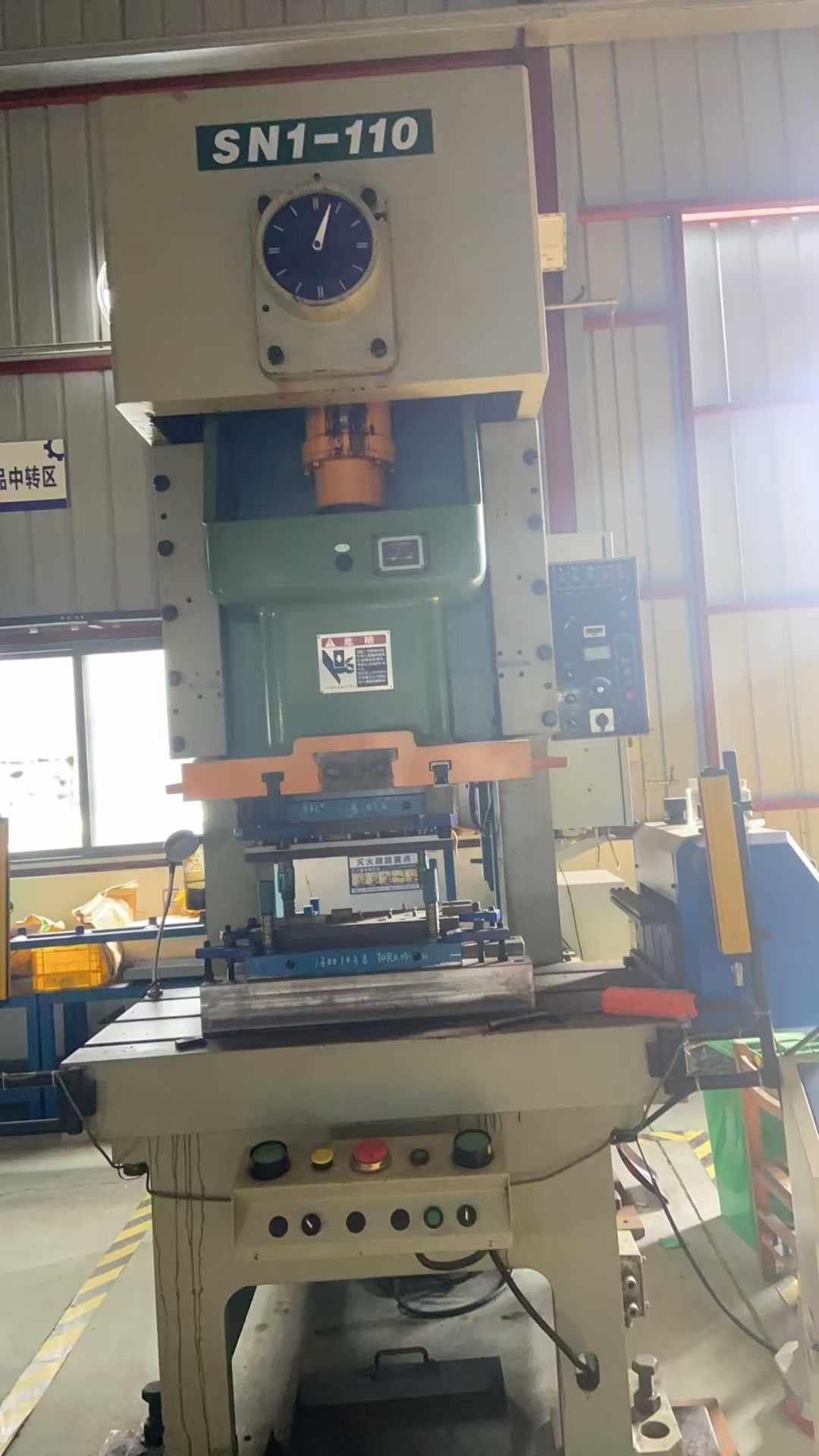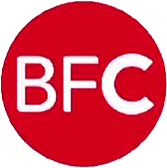How to evaluate whether the price of second-hand punching machines is reasonable?
You can evaluate whether the price of second-hand punching machines is reasonable from the following aspects:
1. Brand and model factors
Brand value: Second hand punching machines from well-known brands are relatively expensive. For example, brands such as Yangli and Xieyi have a high reputation in the field of punching machines, and their equipment performs well in terms of quality, accuracy, and stability. Under the same tonnage and service life, the price of second-hand punching machines from these brands will be about 10% -30% higher than that of small brands. Because branded products have more assurance in design, manufacturing processes, and material selection, the durability and performance of equipment are more trustworthy.
Model differences: Different models of punching machines have different functions and performance, and their prices may also vary. For example, CNC punching machines are generally more expensive than ordinary mechanical punching machines due to their higher degree of automation and precision. Even for second-hand CNC punching machines, their price may be 1.5-2 times that of ordinary punching machines of the same tonnage. In addition, some models with special functions (such as high-speed stamping, deep throat punching, etc.) may also have different prices. For example, deep throat punch presses can process longer sized workpieces, which may be about 20% more expensive than regular punch presses.
2. Equipment performance indicators
Accuracy status: The accuracy of the punching machine has a significant impact on the price. If the slider of a second-hand punch press has high perpendicularity to the worktable, good worktable flatness, and the stroke accuracy can reach a high standard (such as slider perpendicularity error within ± 0.05mm/300mm stroke, worktable flatness error less than 0.05mm), its price will be much higher than that of a punch press with poor accuracy. High precision punching machines can produce high-quality stamped parts, which are more valuable in the field of precision stamping. Generally speaking, the price of second-hand punch presses with good accuracy will be 20% -50% higher than those of the same model with poor accuracy.
Stamping tonnage and stroke: Stamping tonnage is a key indicator of punching machines. The larger the tonnage, the higher the price usually. For example, the price of a 160 ton second-hand punch press will be much higher than that of a 25 ton punch press. Meanwhile, the stroke of the slider is also one of the factors affecting the price. Punching machines with longer strokes can process larger workpieces at relatively higher prices. All other conditions being equal, the price may increase by around 10% -15% for every additional 100mm of travel.
Running speed and efficiency: The running speed and production efficiency of the punch press are also important for price evaluation. Punching machines with higher stamping frequency can produce more products per unit time and have higher value. For example, some high-speed punching machines can punch 100-200 times per minute, which is 30% -80% more expensive than ordinary punching machines (which punch 30-60 times per minute), even second-hand high-speed punching machines.
3. Equipment age and usage status
Service life: Punching machines with a shorter service life are relatively more expensive. Generally speaking, for every year of reduced service life, the price may increase by 5% -10%. For example, the price of a punch press that has been used for 3 years will be about 10% -20% higher than the same punch press that has been used for 5 years. However, this is also related to factors such as the brand and maintenance of the equipment.
Running time and degree of wear: In addition to service life, actual running time and degree of equipment wear have a more direct impact on price. Evaluate by checking the wear of key components such as sliders, guide rails, crankshafts, etc. If the key components wear slightly, the equipment price will be higher; And for equipment with severe wear and tear, the price will be significantly reduced. For example, if the wear of the guide rail exceeds a certain limit (such as a guide rail gap greater than 0.1mm), it may reduce the price of the punch press by 30% -50%. At the same time, punch presses with short operating time and low wear and tear have relatively more reliable electrical and control systems, and their prices will also be reflected.
Appearance condition: Punching machines with good appearance, no obvious rust, paint peeling, or collision marks will be more expensive. The appearance condition can to some extent reflect the usage environment and maintenance situation of the equipment. A clean looking punch press may also have its internal mechanical and electrical systems well maintained. The price of second-hand punch presses with good appearance may be 10% -15% higher than equipment of the same model with poor appearance.
4. Market supply and demand relationship and regional factors
Market demand: When there is a strong demand for a certain type or tonnage of punch press in the market, prices will rise. For example, during the peak season of the automotive parts processing industry, the demand for large stamping tonnage (such as 160 tons or more) punching machines increases, and the price of such equipment in the second-hand market will also rise accordingly, which may be 10% -20% higher than the off-season. On the contrary, when market demand is weak, prices will decrease.
Regional differences: The prices of second-hand punching machines may vary in different regions. In industrialized areas, the supply and demand for second-hand punching machines are relatively large, and the prices are relatively stable. In some areas with relatively underdeveloped industries, due to the small number of equipment and low market competition, prices may be higher or lower. At the same time, transportation costs can also affect prices. For areas far from the equipment sales location, transportation costs need to be considered, which may increase the purchase price. For example, purchasing punching machines from the south and transporting them to the north may increase the total cost of the equipment by 5% -10% due to transportation costs.
5. Equipment configuration and accessory situation
Standard configuration integrity: The standard configuration of the punch includes clutch, brake, lubrication system, electrical control system, etc. If these configurations are complete and functioning properly, the device price will be higher. For example, a high-performance electrical control system can improve the automation level and operational safety of punching machines, and the lack or damage of these configurations can reduce equipment prices by 10% -20%.
Attachment situation: Special accessories attached to the equipment (such as automatic feeding devices, rapid mold replacement devices, etc.) can also affect the price. These attachments can improve the production efficiency and processing convenience of the punch press. The price of second-hand punching machines with advanced accessories will be 20% -30% higher than similar equipment without accessories.



